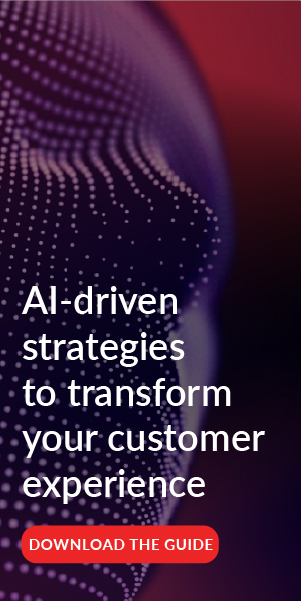Topics
3 Customer Experience Practices That Will Be Obsolete in 2020

The question was posed to me, “What customer experience practices will be obsolete in 2020?”
I took my time with the answer, which was to say, “Nothing.” That said, I feel there needs to be an explanation. Nothing will truly be obsolete, but as we head toward the next decade you’ll see more of what’s positively trending and less what we’re used to. It will appear that if certain trends continue, some of the ways we have been doing business will vanish – or will they just “slow to a crawl.” So, with that in mind, here are three popular customer support channels that be changing in the not-to-distant future:

1. Phone support is moving to self-service options. The phone has, for almost as long as there has been a customer support department, been the most used channel. It’s always been easy to just pick up the phone and call a company. And until not that many years ago, it was the only way, or at least the primary way, a customer communicated with a company. PV Kannan is the CEO of [24]7, a customer engagement company which uses big data to proactively resolve customers’ issues. His company’s customers are supporting customers 70-80% of the time using automation with high customer satisfaction. However, Kannan says, “There is a small set of consumers who will never want to deal with technology, however, so humans will always be a part of the mix.” While phone support may not be obsolete in 2020, it will be playing a much smaller role in customer support.

2. Email is moving to social media options. Customers are moving to social media options to have their questions answered and their complaints resolved. This isn’t about a public display of anger or a negative comment on a review site. This is a legitimate plea from the customer for help and support. Customer-focused companies are figuring this out and staffing their support center with people who are monitoring and responding to their customers’ issues in real time. Most of the time, there is much faster response time through social channels over email. By the way, in some cases they have to move the conversation to the traditional phone support. Isn’t that ironic.

3. Chat boxes move from human interaction to computer/automated interaction. When you start a conversation on what some call instant chat (which I think should actually be called instant text), you may think you’re interacting with a human. Today you can’t tell the difference, and in the future there will be more and more computers answering a customer’s question in this channel.

So, let’s go back to #1, the phone. While phone support is moving to self-service options, it will be the channel that everyone still defaults to when a problem can’t be resolved on any other channels. It’s still the way for people to interact with each other over any distance further away than a face-to-face encounter.
One final thought: There will be great efficiencies for both the customer and the company because of technology and self-service options. Customers will get their questions answered and their problems resolved quicker. Companies will find some cost efficiencies which can be used to invest back into the company, reduce some costs to the customer or maybe a combination of the two.
To find out what millennials expect from their customer experience in 2016 and the future, read ‘Customer Experience Guide: What Millennials Expect in 2016.’

About our expert guest blogger
Shep Hyken, CSP, CPAE is a customer experience and customer service expert, professional speaker and New York Times bestselling author who works with companies and organizations who want to build loyal relationships with their customers and employees.

